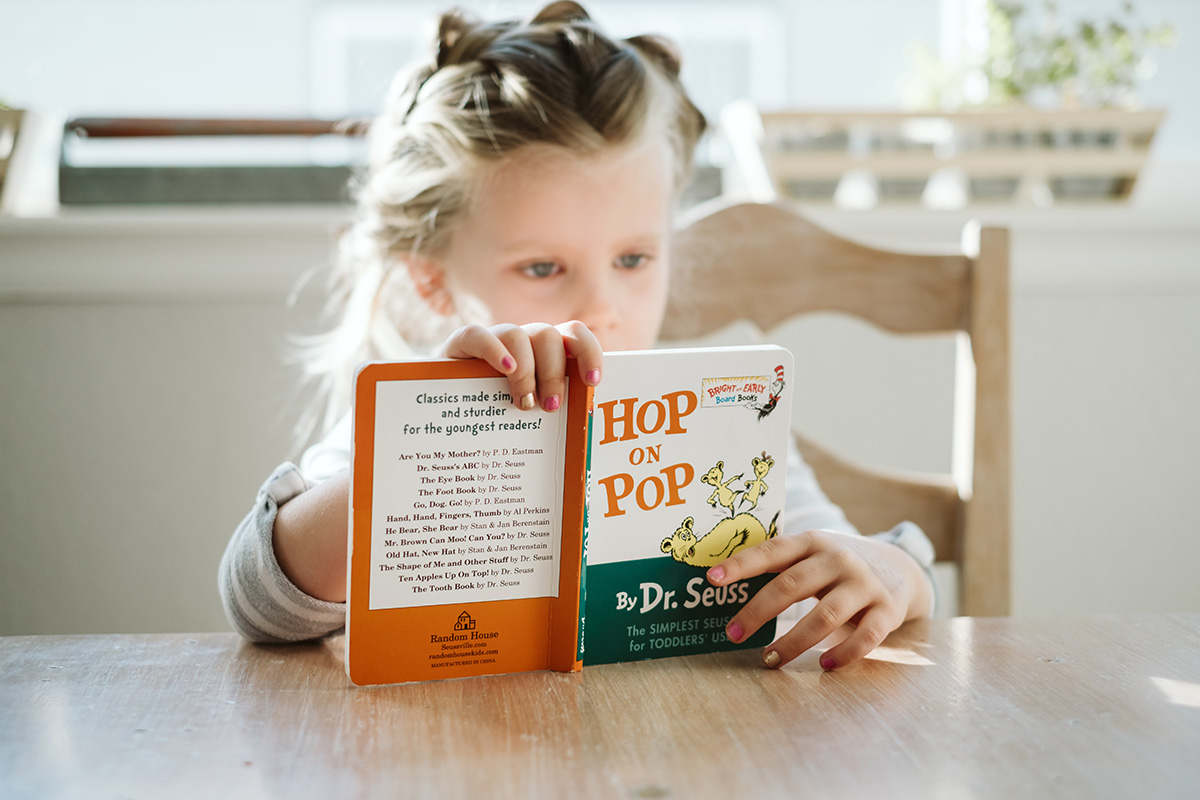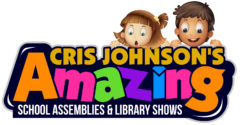
Too often, reading is a solitary activity. It’s just you, your book, and your imagination. Don’t get me wrong, reading for pleasure is a wonderful habit to develop because it is a long life hobby you’ll never get tired of pursuing. But reading doesn’t have to be something you do alone. One of the best things about recreational reading is the conversation that follows!
The Mental and Social Benefits of Recreational Reading
I’ve dived into the mental benefits of reading many times over the last year, like in “Creating Independent Middle School Readers,” touching upon ways recreational reading helps to reinforce literacy skills, inspire critical thinking, expand vocabulary, and improve reading comprehension both in school and in the real world.
There are also social benefits:
- Reading expands our sometimes very limited view of the world. Books throw us into political, economic, and cultural situations that we normally don’t experience, whether because of our geographic location, our time period, or our exposure (or lack of) to diversity within the community.
- Reading encourages us to question our identity. It challenges us to examine the way we think and adapt based on new information. To better ourselves as human beings.
- Reading improves our ability to be empathetic towards others, whether it’s a classmate, a neighbor, or a coworker.
Reading in general helps us to draw connections between books and life, bridging people and worlds.
Recreational Reading As A Way To Connect
As parents, we strive to stay involved in our children’s lives. We want to know where they are, who they are with, what they are doing, how they are feeling. We ask questions–even when it’s like pulling teeth to get answers–because we want to share their experiences. The same concept can be applied to reading.
According to Scholastic, “By reading to your child — even after she can read on her own — and talking about the books you share together, you are sending a signal that reading is important.” But reading is more than important. It’s essential. A necessity. Reading improves language and literacy, and talking about the books we read strengthens reading comprehension, our ability to listen, and our ability to communicate.
Reading comprehension, a fundamental skill that will help children in every subject, isn’t valuable for just early elementary school students. Older elementary students, middle schoolers, even high schoolers, can benefit from group discussion. The next time your child picks up a book, regardless if they’re reading aloud, you’re reading aloud, or they’re advanced enough to read unaided, make time to sit down and talk about the book!
Here are some general questions to get you started:
- Where does the book take place?
- Who is the main character?
- What is his/her goal?
- What does he/she learn by the end of the book?
- What comparisons can be made between the character and your life?
- What did you like most about the book?
- Have you read similar books?
- What happened in the middle? The beginning? The end?
- Did you recognize any themes throughout the story?
Remember: there are no stupid questions!
By encouraging your children to discuss their favorite books, you also create the potential for them share these books with their friends, creating a network of enthusiastic readers!
I Love To Read…and I Want Your Students To Love Reading Too!
In my “I Love To Read” assembly program, I highlight not only how useful reading is in daily life but also how necessary it is to have a rewarding and fulfilling life. This assembly teaches different genres of books, the difference between non-fiction and fiction, biographies and autobiographies, the functions of punctuation, correct spellings of similar sounding words, and so much more! Go to my “I Love To Read” assembly page.
In my “A Cat and A Hat” assembly program, I use the wacky, whimsical characters of the beloved Dr. Seuss books to highlight the gift that is diversity, how reading helps your brain develop, the importance of keeping your promises, and more! This Seussical assembly can be customized for a younger audience (K-2) or an older audience (3-5) to spread positive messages about building character. Go to my “A Cat and A Hat” assembly page.


